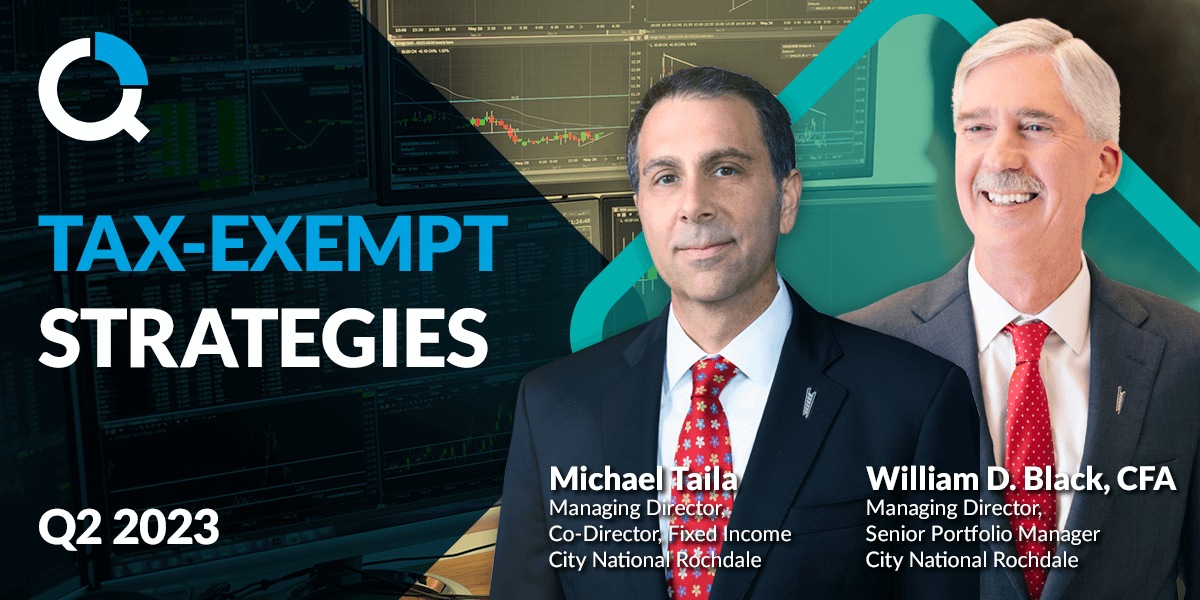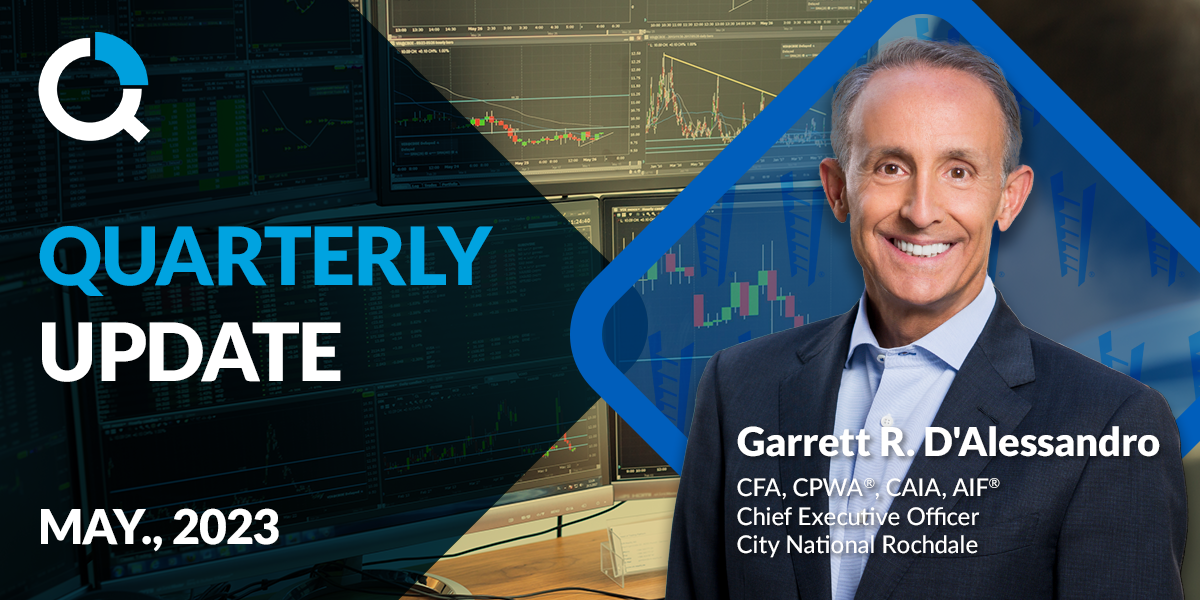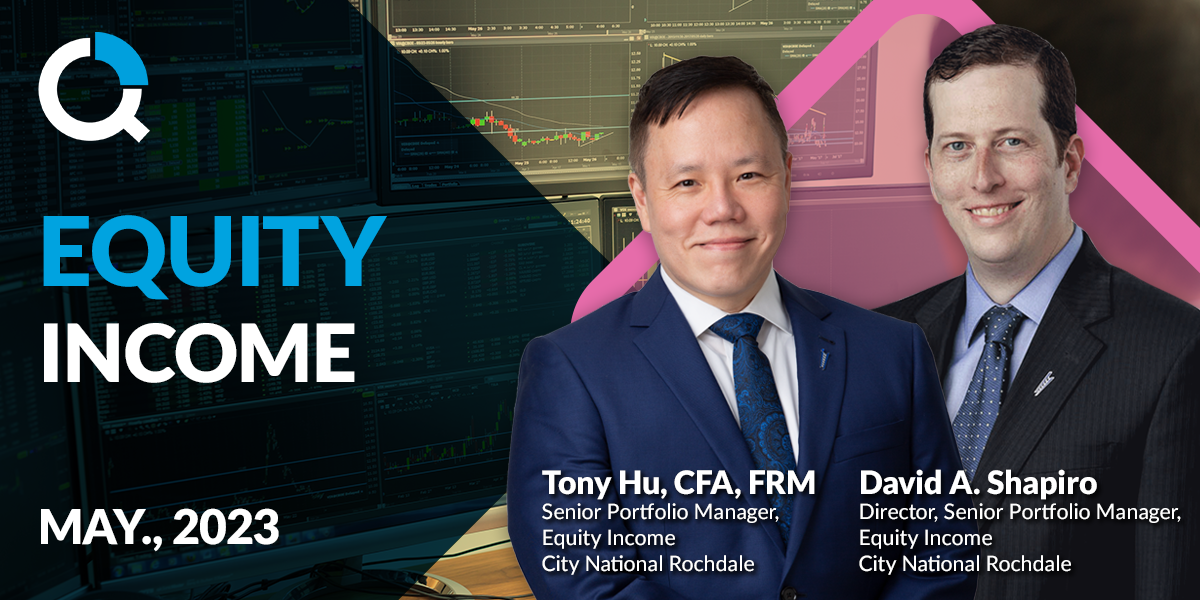
Inflationary Forces Driving Everything Higher for Longer
Key Points
• Economic momentum slowing, recession risk rises to 50%
• Fed needs to slow demand to rein in inflation
• CNR is proactively lowering risk levels in portfolios
Many factors have led to high inflation, including supply constraints, unprecedented monetary stimulus, declines in workforce levels and the war in Ukraine impacting oil and gas prices.
Post-pandemic rapid increases in consumer and business spending have caused the economy to overheat, pushing many prices higher. The Fed’s challenge is to tighten enough to slow growth without sharply increasing unemployment, something that has historically proven very difficult to do.
We estimate there is now a 50% probability of a mild recession in 2023. Mitigating factors like healthy private sector balance sheets, rising wages and strong employment could preclude a recession or lead to any recession being short and mild. However, until the path of economic growth becomes clearer, equity and fixed income markets will likely remain vulnerable to declines, and we have continuously adjusted our asset class exposures to moderate client portfolio risk levels.
When the pandemic started, the US economy was facing the prospect of a severe recession. In response, the federal government created programs that put trillions of dollars into the hands of consumers and businesses to lessen the risks of a deep and prolonged recession. The programs achieved the intended objectives, and the US economy recovered from the pandemic quicker and stronger than many had anticipated. However, the combined effect of these efforts has also led to the highest inflation in 40 years.
Headline CPI has now reached 9.1% (chart 1), and though some categories are experiencing higher price increases than others, inflation pressures are broad-based. What is causing inflation to remain so strong?
• Oil and gas prices are rising because of the war in Ukraine and reduction in supply. The same is true for food prices.
• Goods prices are rising because of too much demand and not enough supply.
• Car prices and airline prices are rising due to strong demand and not enough capacity.
• Wages are rising due to a shortage of millions of workers.
• Rental and housing prices are rising due to low interest rates and a lack of inventory.
Most of these forces are outside the Fed’s control, and if officials prevail in the fight against inflation, employment will be key. Extreme labor shortages post-pandemic and rising prices have led workers to demand and receive higher pay increases. While wage gains are still falling behind the increase in prices, large pools of excess savings accumulated during the pandemic and low borrowing costs have helped households bridge the gap, supporting spending and keeping inflation pressures elevated.
In response, Fed officials have now embarked on their most aggressive tightening cycle in decades.
The belief is that eventually higher borrowing costs, combined with falling real wages (chart 2), will force consumers to reduce their spending and businesses in turn to slow hiring. This cooling of demand should subsequently bring about lower inflation rates. However, it will take a period of many months, lasting at least into 2023, for this sequence to play out, and if demand does not cool significantly and labor conditions stay tight, the Fed may be forced to tighten even more aggressively and risk tipping the economy into recession.
For now, we don’t think a recession is inevitable. But, executing a soft landing is difficult under the best of conditions, and Fed officials have no standard playbook for the multitude of uncertainties that exist around today’s outlook. This implies to us that a wider range of outcomes is now possible, and we have been proactively raising the defensive profiles of client portfolios by lowering exposure to growth equities and gradually increasing our commitment to investment-grade fixed income. Rest assured, we will remain agile in our decision making in order to manage client portfolios though these complex circumstances.
Important Disclosures
Any opinions, projections, forecasts and forward-looking statements presented herein are valid as of the date of this document and are subject to change.
The information presented does not involve the rendering of personalized investment, financial, legal or tax advice. This presentation is not an offer to buy or sell, or a solicitation of any offer to buy or sell any of the securities mentioned herein.
Certain statements contained herein may constitute projections, forecasts and other forward-looking statements, which do not reflect actual results and are based primarily upon a hypothetical set of assumptions applied to certain historical financial information. Certain information has been provided by third-party sources and, although believed to be reliable, it has not been independently verified and its accuracy or completeness cannot be guaranteed.
Concentrating assets in a particular industry, sector of the economy, or markets may increase volatility because the investment will be more susceptible to the impact of market, economic, regulatory, and other factors affecting that industry or sector compared with a more broadly diversified asset allocation.
Private investments often engage in leveraging and other speculative investment practices that may increase the risk of investment loss, can be highly illiquid, are not required to provide periodic pricing or valuation information to investors, and may involve complex tax structures and delays in distributing important tax information.
Alternative investments are speculative, entail substantial risks, offer limited or no liquidity, and are not suitable for all investors. These investments have limited transparency to the funds’ investments and may involve leverage which magnifies both losses and gains, including the risk of loss of the entire investment. Alternative investments have varying and lengthy lockup provisions. Please see the Offering Memorandum for more complete information regarding the Fund’s investment objectives, risks, fees and other expenses.
Investments in below-investment-grade debt securities, which are usually called “high-yield” or “junk bonds,” are typically in weaker financial health and such securities can be harder to value and sell, and their prices can be more volatile than more highly rated securities. While these securities generally have higher rates of interest, they also involve greater risk of default than do securities of a higher-quality rating.
There are inherent risks with equity investing. These risks include, but are not limited to, stock market, manager or investment style. Stock markets tend to move in cycles, with periods of rising prices and periods of falling prices. Investing in international markets carries risks such as currency fluctuation, regulatory risks, and economic and political instability. Emerging markets involve heightened risks related to the same factors, as well as increased volatility, lower trading volume and less liquidity. Emerging markets can have greater custodial and operational risks and less developed legal and accounting systems than developed markets.
There are inherent risks with fixed-income investing. These risks may include interest rate, call, credit, market, inflation, government policy, liquidity or junk bond. When interest rates rise, bond prices fall. This risk is heightened with investments in longer-duration fixed-income securities and during periods when prevailing interest rates are low or negative. The yields and market values of municipal securities may be more affected by changes in tax rates and policies than similar income-bearing taxable securities. Certain investors’ incomes may be subject to the Federal Alternative Minimum Tax (AMT), and taxable gains are also possible. Investments in below-investment-grade debt securities, which are usually called “high yield” or “junk bonds,” are typically in weaker financial health and such securities can be harder to value and sell, and their prices can be more volatile than more highly rated securities. While these securities generally have higher rates of interest, they also involve greater risk of default than do securities of a higher-quality rating.
All investing is subject to risk, including the possible loss of the money you invest. As with any investment strategy, there is no guarantee that investment objectives will be met, and investors may lose money. Diversification does not ensure a profit or protect against a loss in a declining market. Past performance is no guarantee of future performance.
Indices are unmanaged, and one cannot invest directly in an index. Index returns do not reflect a deduction for fees or expenses.
Alternative investments are speculative, entail substantial risks, offer limited or no liquidity and are not suitable for all investors. These investments have limited transparency to the funds’ investments and may involve leverage which magnifies both losses and gains, including the risk of loss of the entire investment. Alternative investments have varying and lengthy lockup provisions.
This material is available to advisory and sub-advised clients, as well as financial professionals working with City National Rochdale, a registered investment advisor and a wholly-owned subsidiary of City National Bank. City National Bank provides investment management services through its sub-advisory relationship with City National Rochdale.
Non-deposit investment Products are: • not FDIC insured • not Bank guaranteed • may lose value
Stay Informed.
Get our Insights delivered straight to your inbox.
More from the Quarterly Update
Put our insights to work for you.
If you have a client with more than $1 million in investable assets and want to find out about the benefits of our intelligently personalized portfolio management, speak with an investment consultant near you today.
If you’re a high-net-worth client who's interested in adding an experienced investment manager to your financial team, learn more about working with us here.





